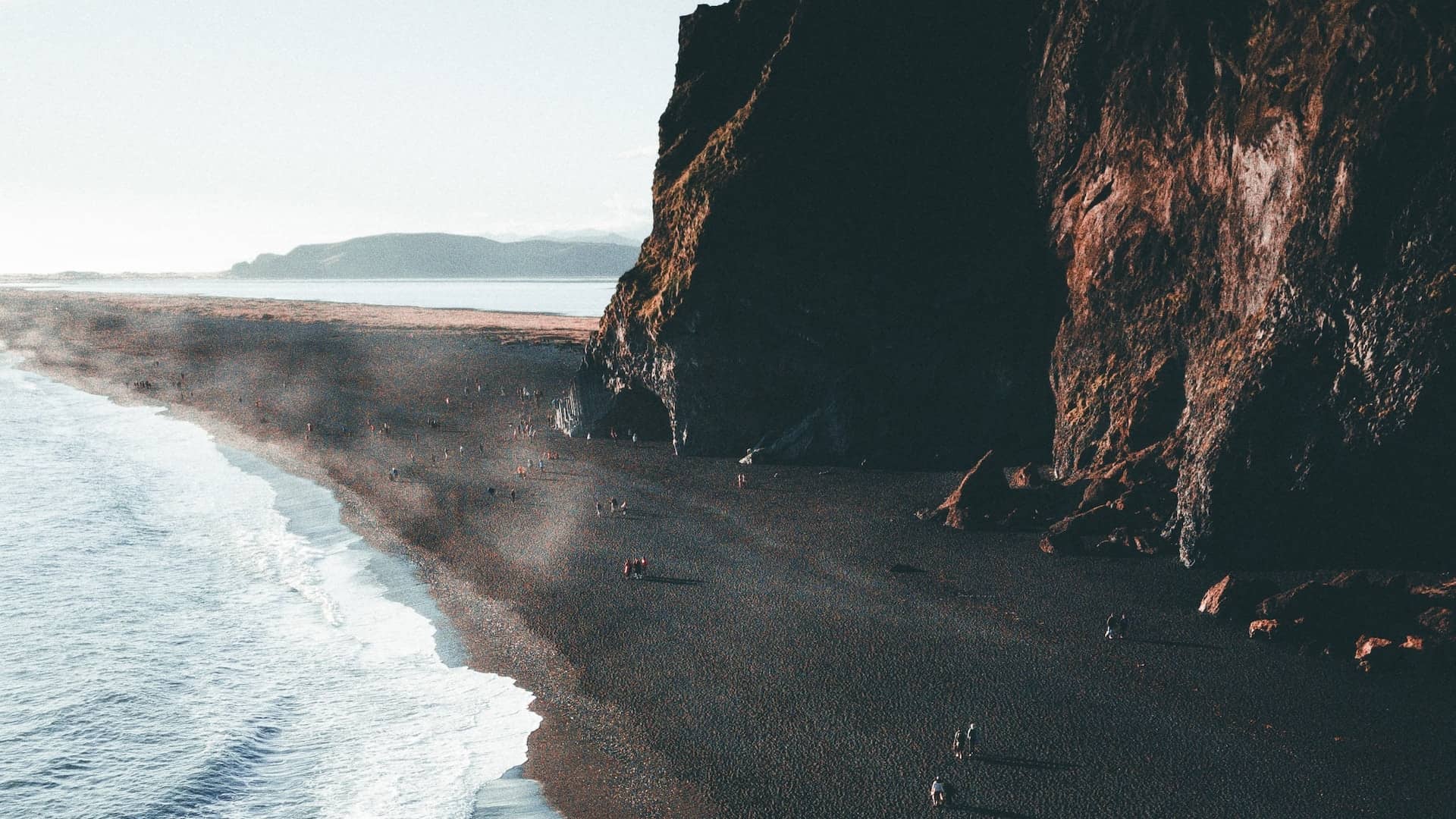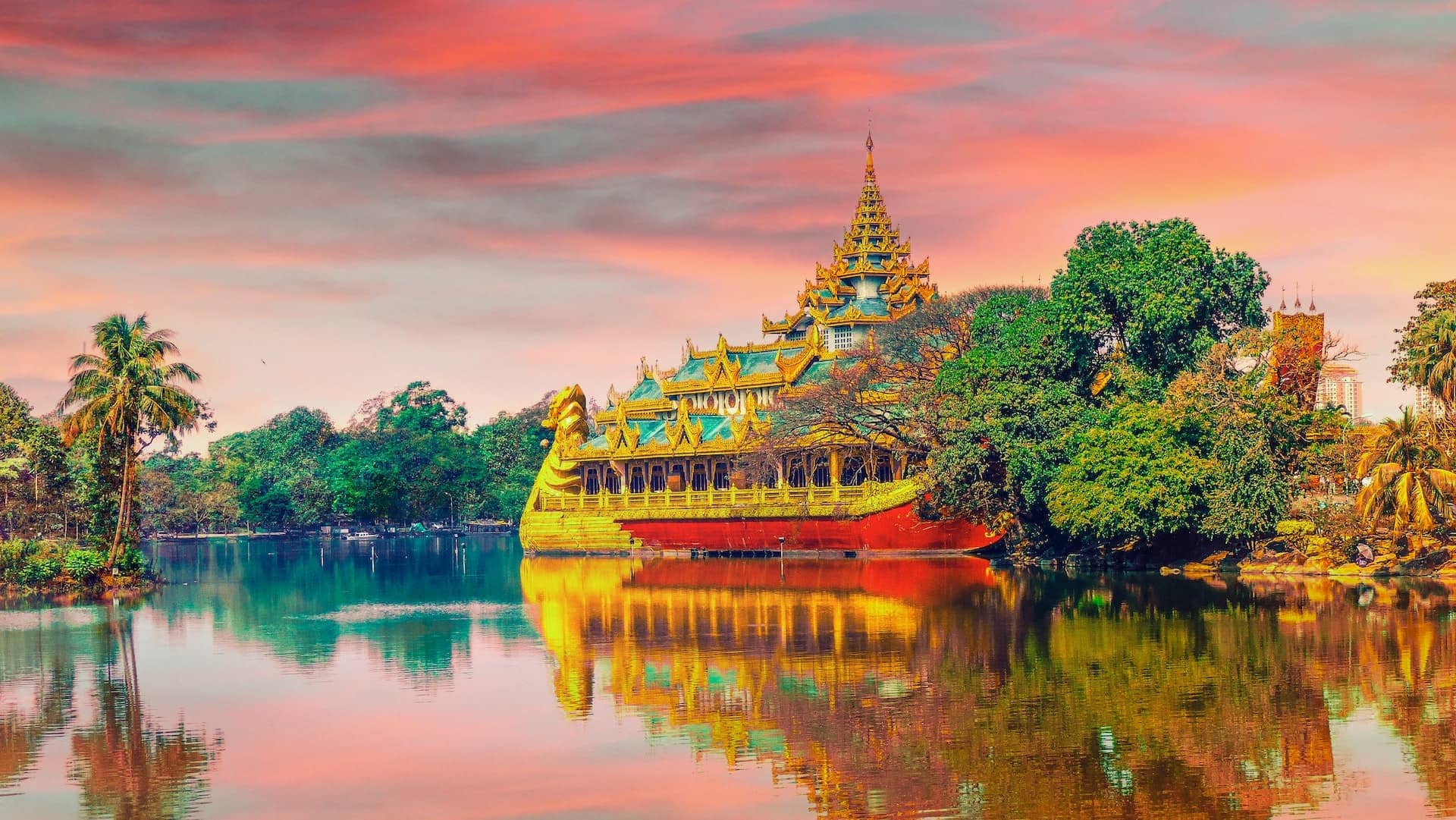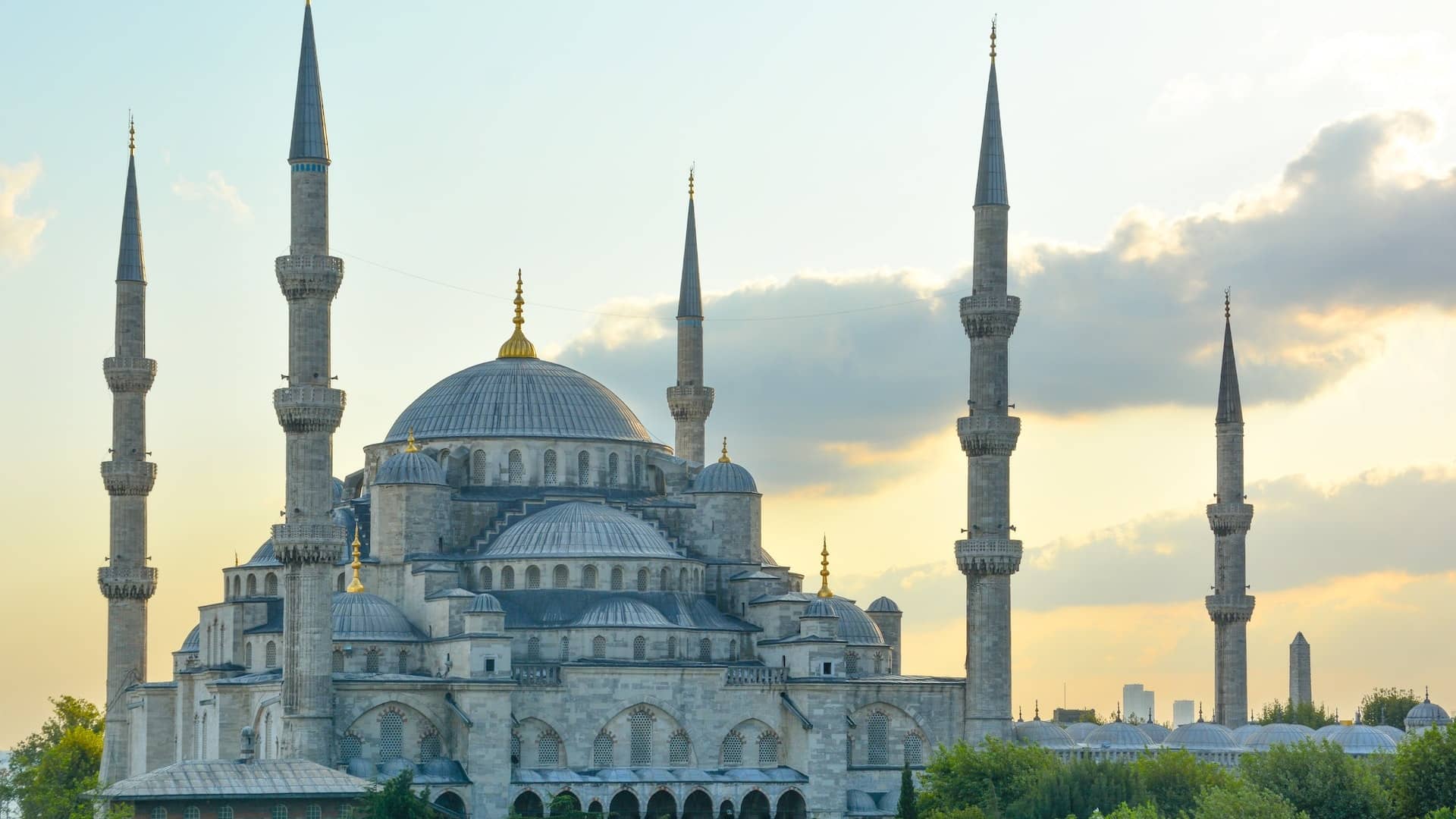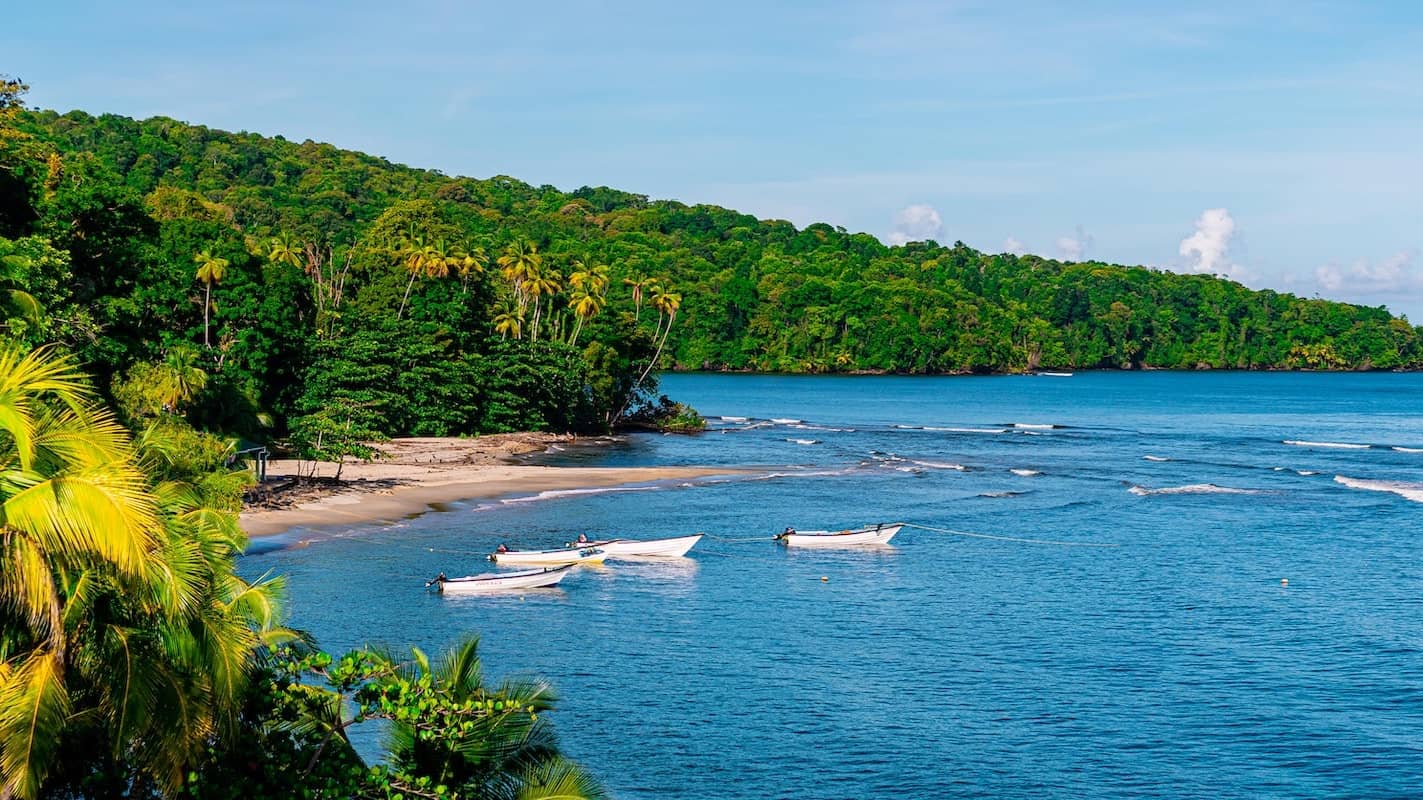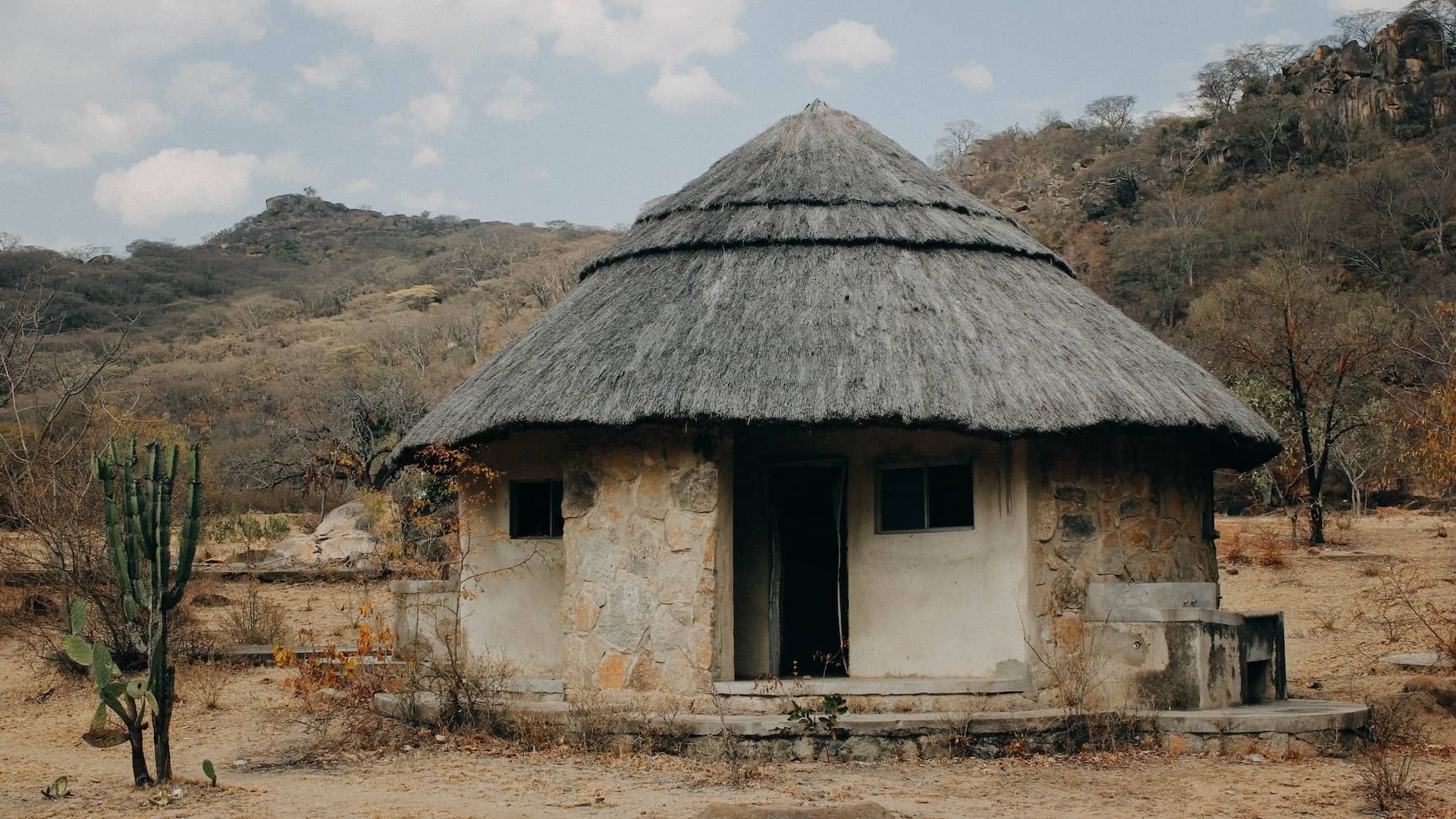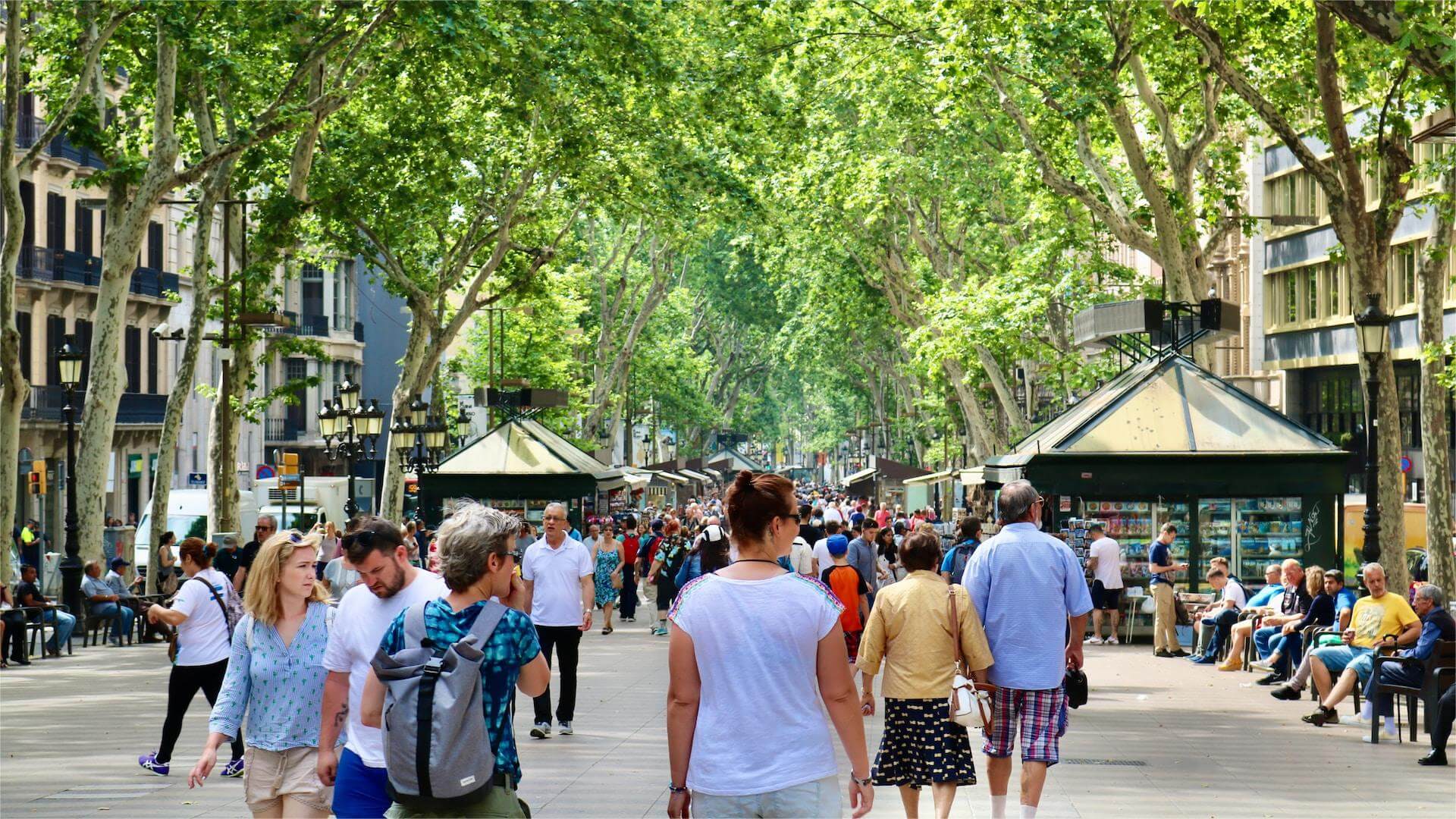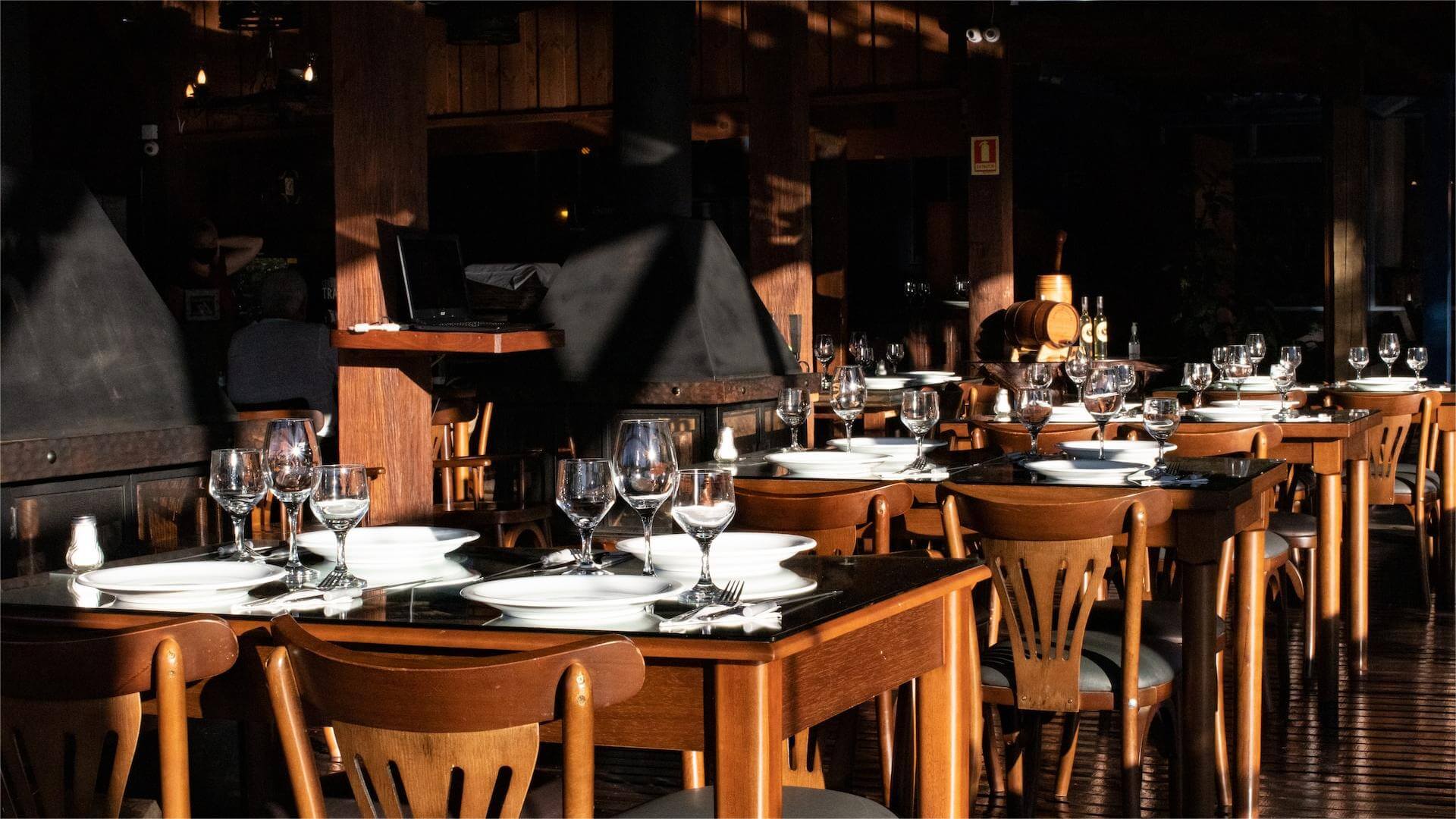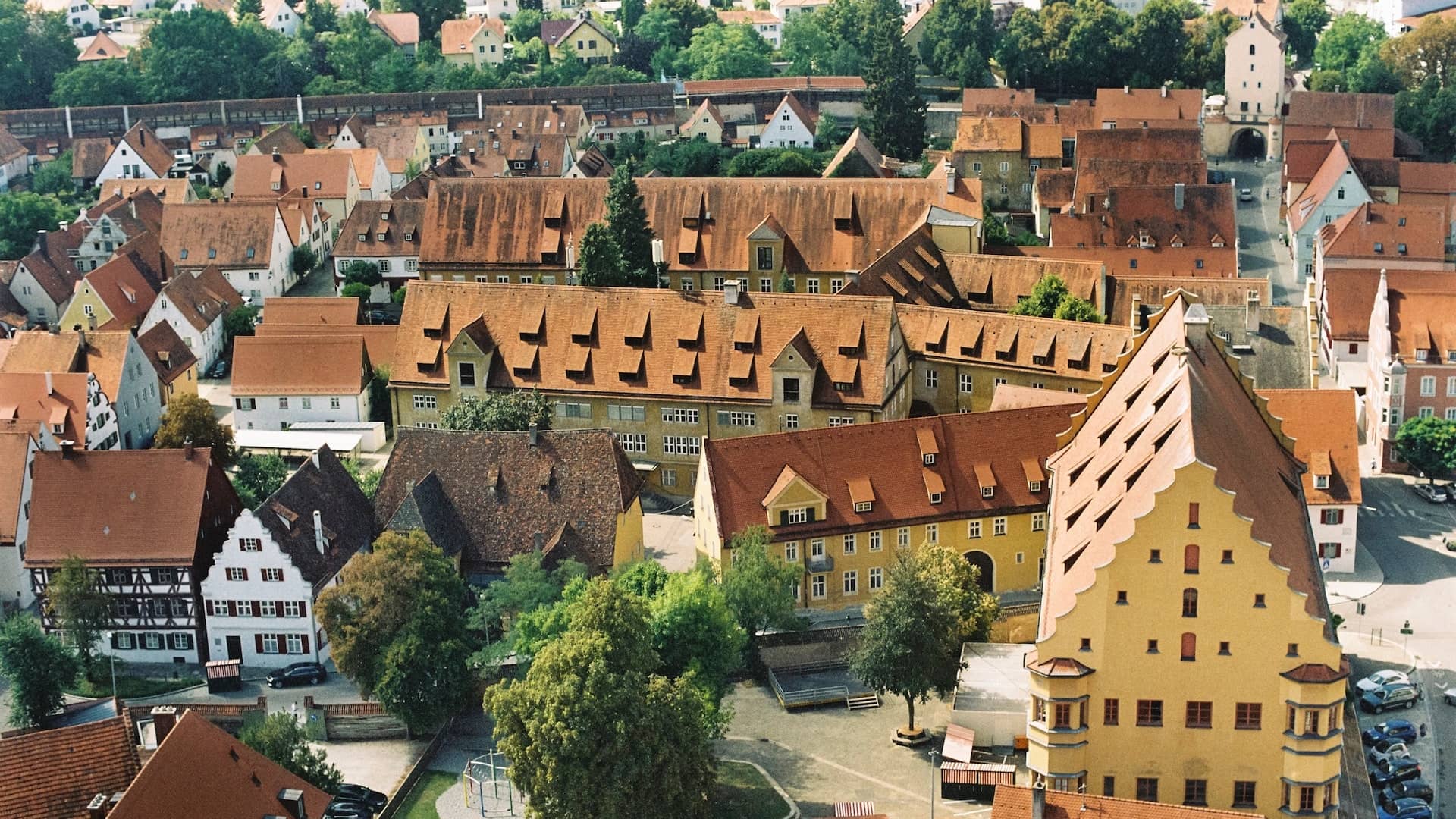S
As an island country in the North Atlantic Ocean, Iceland is on the edge of the Arctic Circle, so the topography is very complex and diverse, except for the plains, most of which are sandy landscapes and glaciers, and the number of volcanoes is also a lot, so some geological activities often occur in the region. But because of this, Iceland is full of strange and magnificent landscapes, attracting tens of thousands of tourists every year.
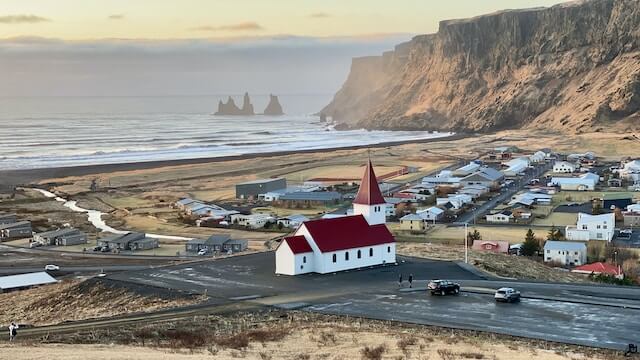
Located in the southernmost town of Vik is one of them, now the population of almost 600 people living inside, everyone seems to live a very quiet and peaceful, the whole does not seem to be any strange outstanding place, but if you come to the town behind the sea, you will be shocked by the landscape in front of you, because the reflection will be a large black sandy beach, and what is this?
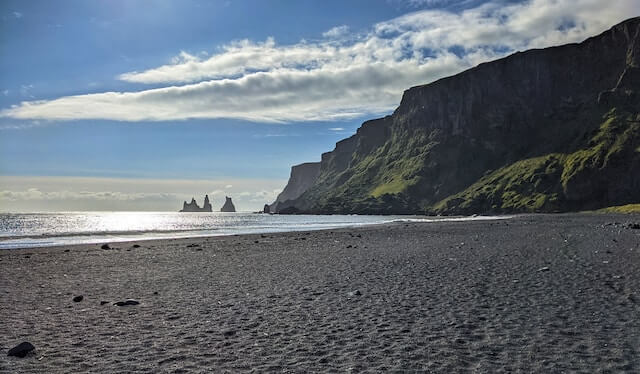
In many people's impression, the beach is generally composed of yellow or white sand, and the texture is very soft, stepping on it will feel very comfortable.
But this beach in the town of Vic is very difficult to let people compliment, and even a little cautious, because I do not know what these are composed of, but through the local people or check the relevant information will know that these are granular volcanic lava.
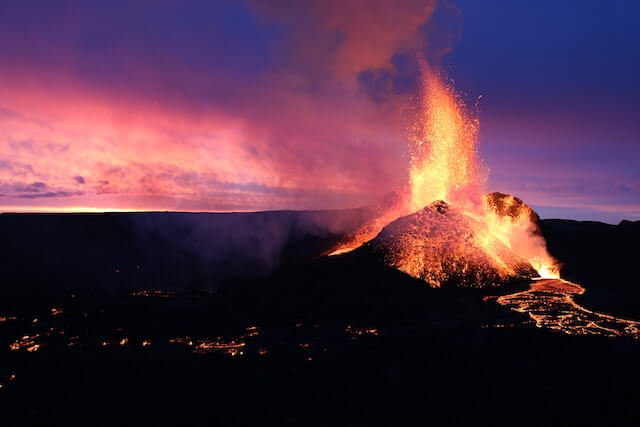
Perhaps because of long-term volcanic eruptions, these lava piled up to here, after the lapping of the waves, gradually from the block into a granular, and finally like dirt covered here.
The hand cupped up to look closely will see no impurities inside, put down even after the hands do not leave traces, far from the past to give a deep and transparent feeling, but also quite a sense of mystery.
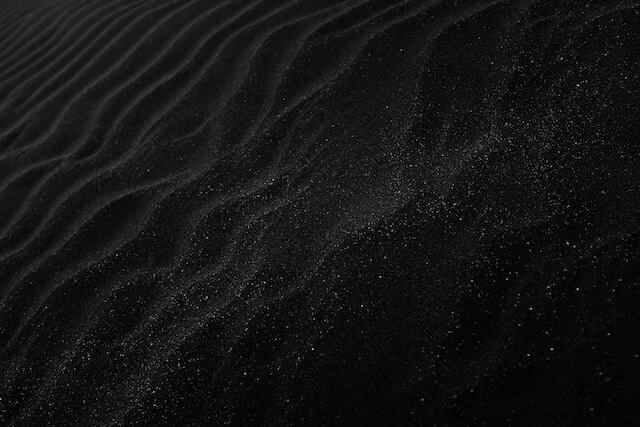
Perhaps many people see here will think that these black sand will be the surrounding seawater to pollution, but in fact they are not affected by any, still very clean and clear, evening sunlight falls here, gold and black against each other, but there is a different sense of beauty. There are occasionally flocks of seabirds that gather here, making it a bird's paradise.
